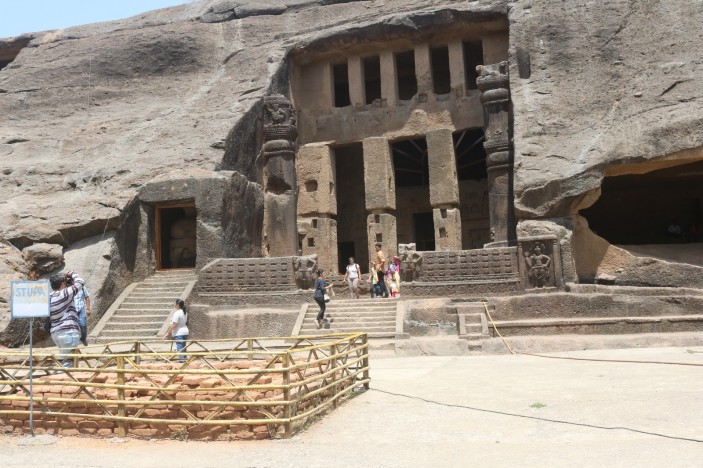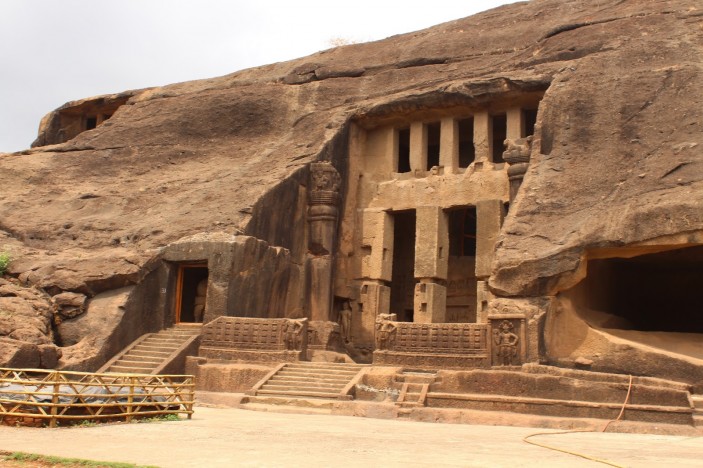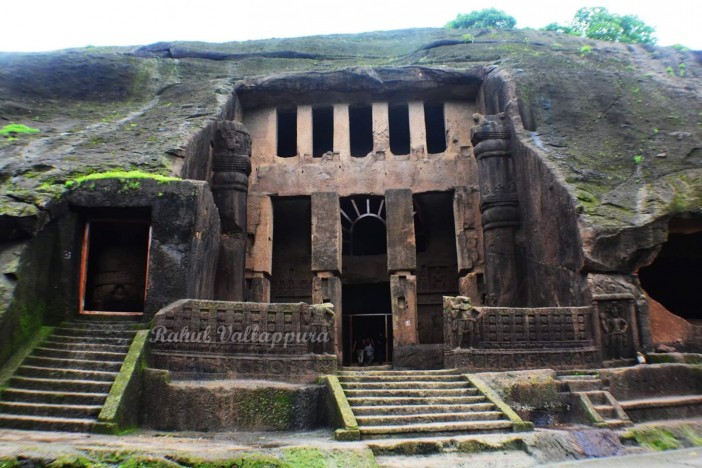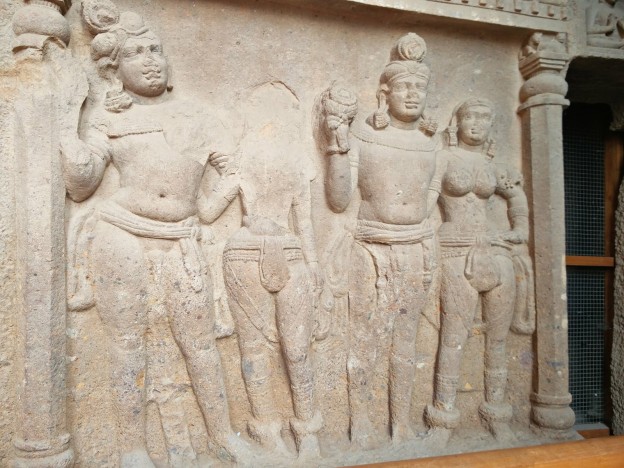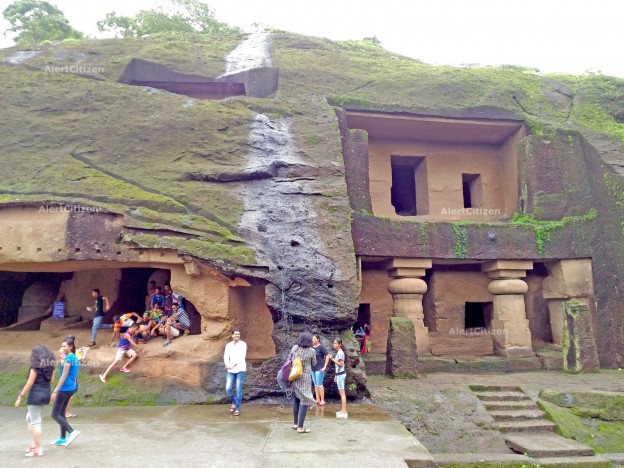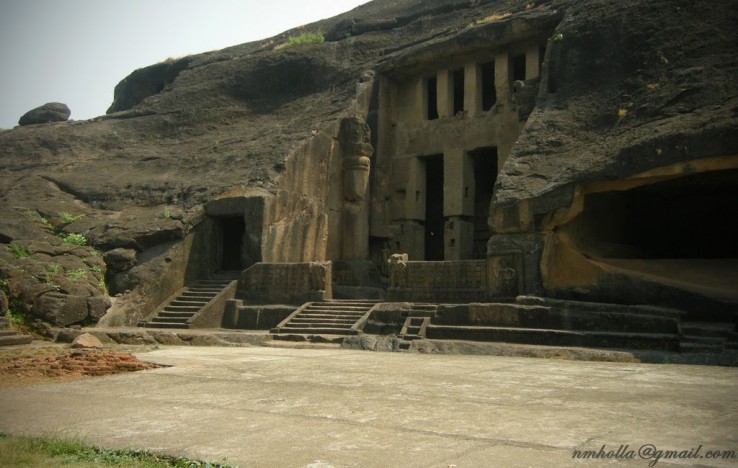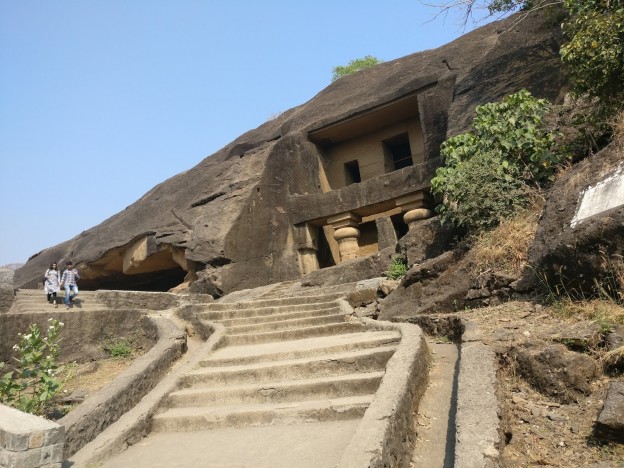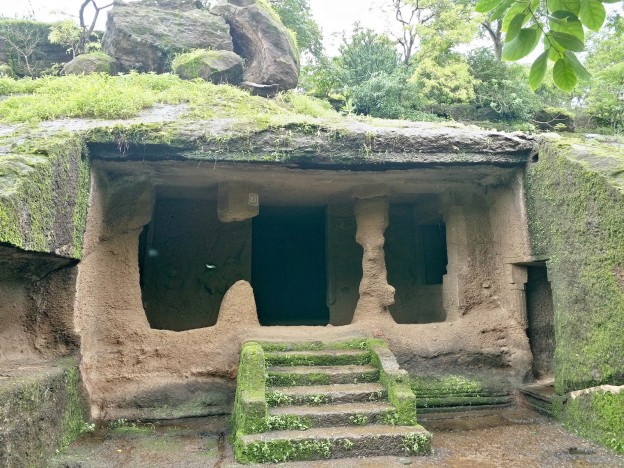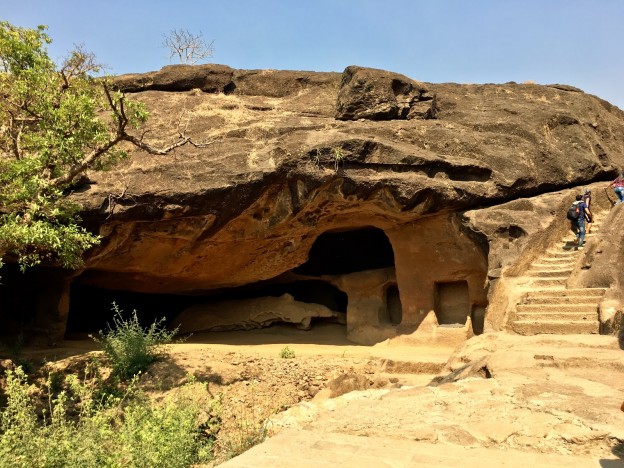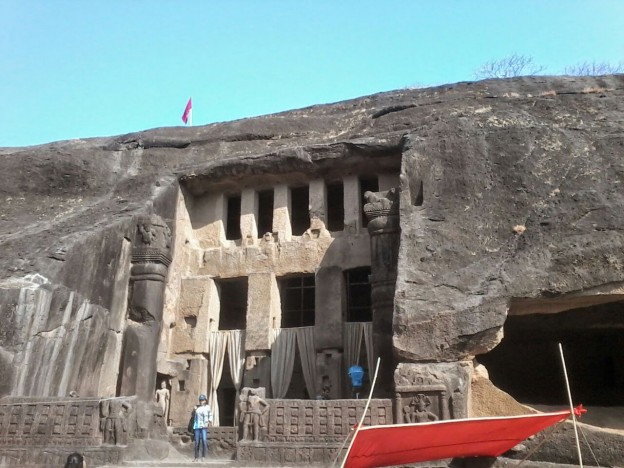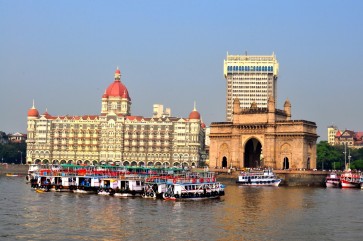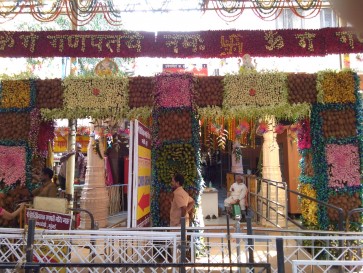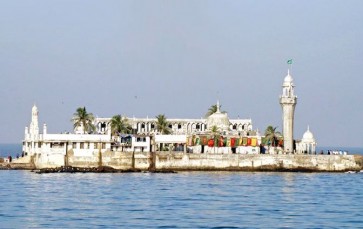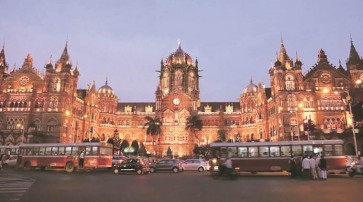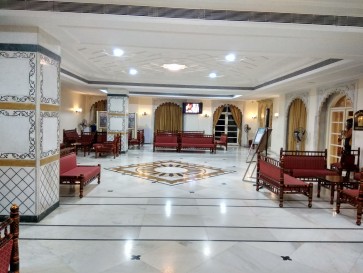Kanheri Caves Travel Map
Kanheri caves are located inside Sanjay Gandhi National Park, to the north of Borivali, in the outskirts of North Mumbai. The name of these caves has originated from the Sanskrit word 'Krishnagiri', meaning black in colour. Chiselled out of basaltic rock outcropping, these caves are extremely old and have links to the Buddhist religion.These caves were formed between 1st century BC and 9th century AD, with the earliest rocks comprising 109 tiny rock cut cells. Most caves were named as Buddhist Viharas in ancient times andwere meant for living, study and meditation. The site also served as a university during the rule of Kushanas and Mauryas.Kanheri caves are divided into three different caves, each of which has a stone plinth for a bed. There is a congregation hall, which has huge stone pillars containing a stupa (a Buddhist shrine). Cave number 3 has two statues of Lord Buddha at the entrance, giving it a beautiful look.Presently, the caves contain more than 100 inscriptions, carved in Pallavi, Brahmi, Devnagari and Sanskrit. Further up the hill, remains of ancient water systems, cisterns and canals are found that were once used to channel and collect rainwater into huge tanks.Kanheri Caves are located about 5 km from the entrance of the Sanjay Gandhi National Park. Tourists can travel to the park by buses that ply from the city, or auto rickshaws. Nearest railway station to the park is Borivali station (2 km). Transport by bus to the caves is available every one hour.
Other Places To Visit In Mumbai
Opening Day
Monday: 7:30 AM – 5:00 PM
Tuesday: 7:30 AM – 5:00 PM
Wednesday: 7:30 AM – 5:00 PM
Thursday: 7:30 AM – 5:00 PM
Friday: 7:30 AM – 5:00 PM
Saturday: 7:30 AM – 5:00 PM
Sunday: 7:30 AM – 5:00 PM
